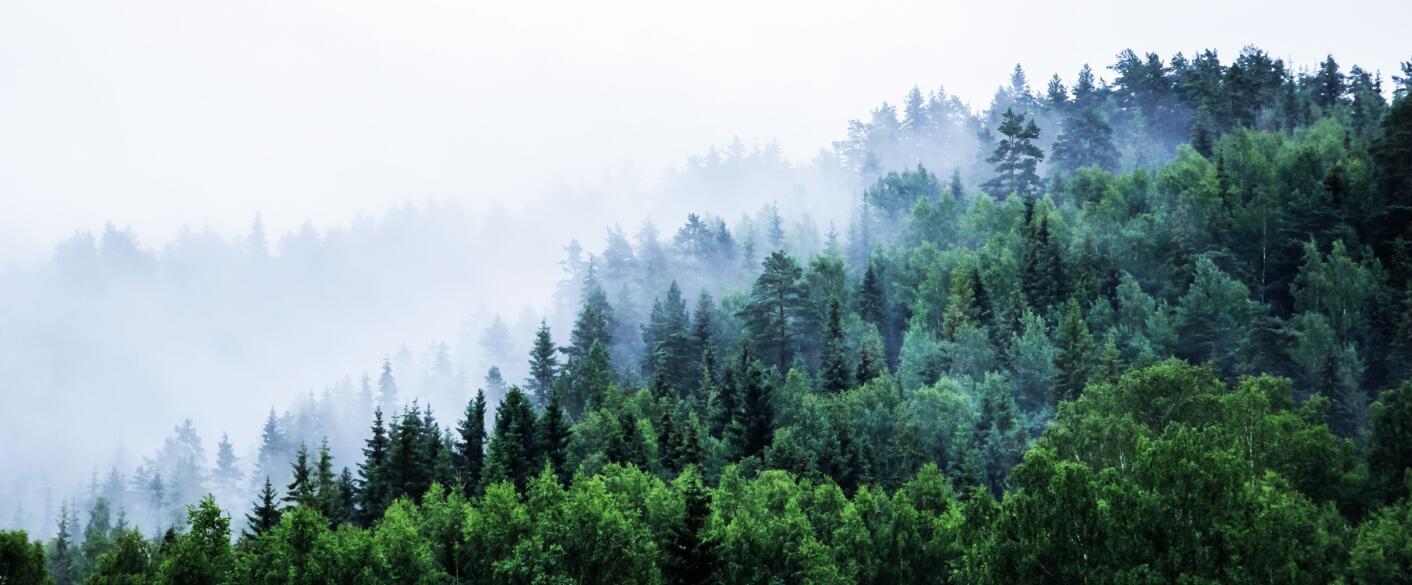For facades and terraces, wood is an extremely popular material. Despite the changing appearance of wood, it remains trendy, authentic, warm, noble and healthy. Wood dresses up exteriors, giving them a neat, aesthetic appearance. Whether you're looking to renovate or create a cosy terrace, the variety of wood species opens up a wealth of architectural possibilities.
It allows you to create personalised exteriors to suit different styles and regions. Wood becomes a formidable source of inspiration. Despite all these advantages, wood is alive.









